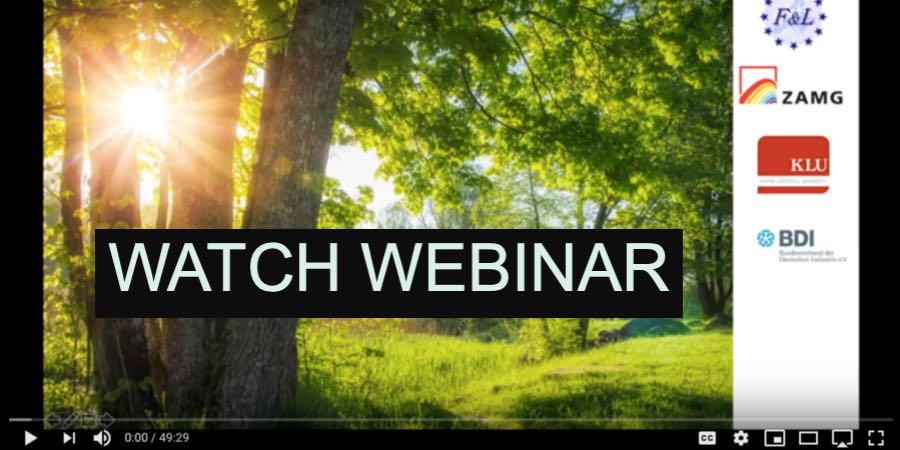Commercial survival and gain demands decision-making which integrates future threat exposure (science) and countermeasures (industry). F&L has partnered with world class scientific expertise to help member business leaders achieve this:
The economic viability of companies in supply chain operations relies on the very basis on which their business decisions draw on – from how to resolve emergency situations under pressure to the design of anticipatory, corporate strategies.
Climate change alters all weights of decision factors at increasing speed. Worse, it is a factor itself that has often not yet been accounted for.

Heat waves, extreme precipitation, snowfall and cold spells, storms, floods, landslides, fog, wave heights, etc. are affecting all modes of transport – road, rail, maritime as well as inland shipping. There is no way to escape, no ”safe” mode that is and will not be increasingly impacted in the decades ahead under accelerated climate change.

F&L webinar – watch “Climate Change: How Can We Safeguard Supply Chains to Ensure Security of Supply for Customers?”

Up-to-date news and keynote speeches from the Climod scientific climate modelling team

F&L Hamburg May 2019: business leaders, science and academia look to meet society demand for freight while minimising the environmental burden for the next generation. Work began on identifying which weather-triggered damages have impacted business. What’s happening today? May 2019 Find out how industry and science are collaborating to understand how does the future look for supply chain challenges?